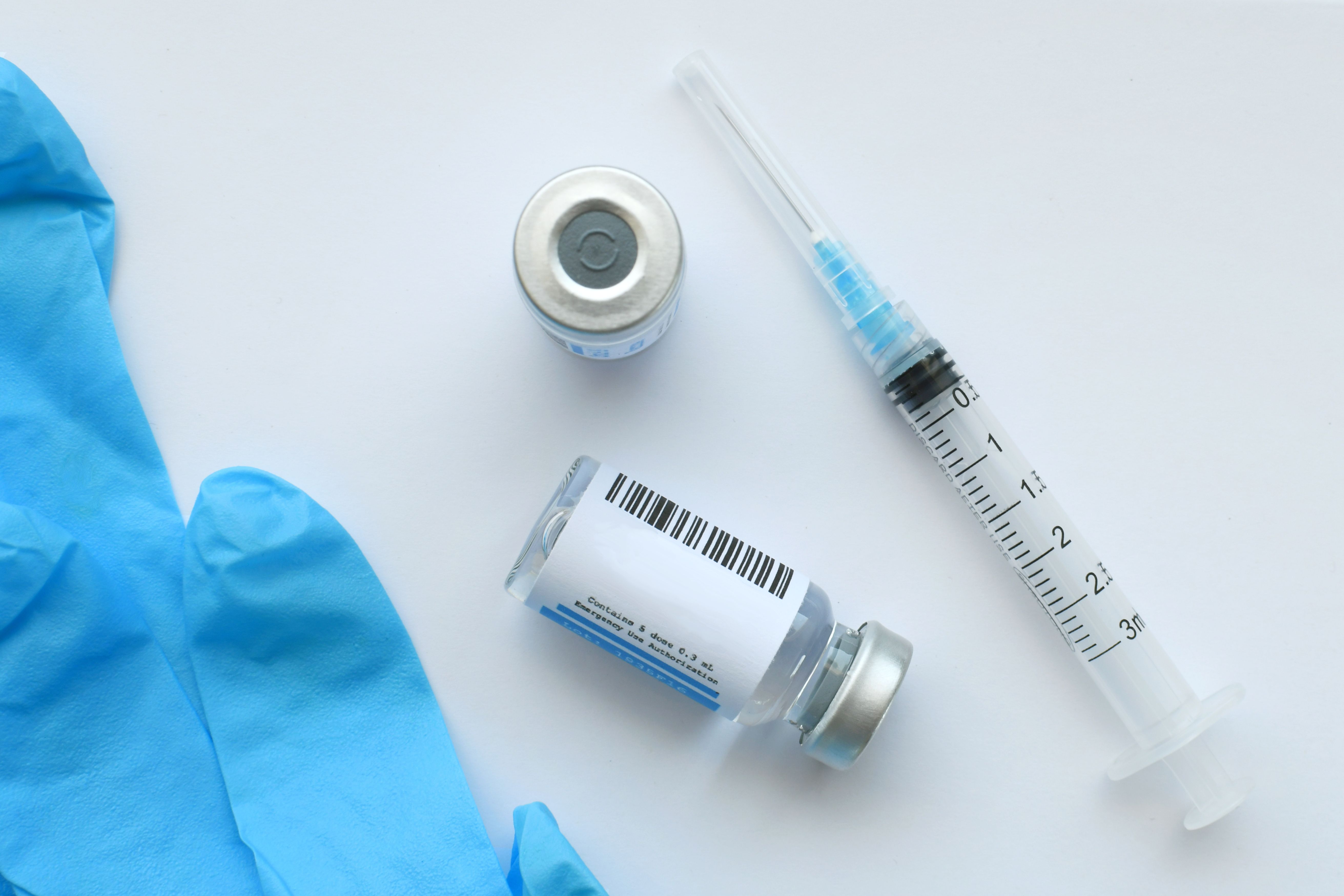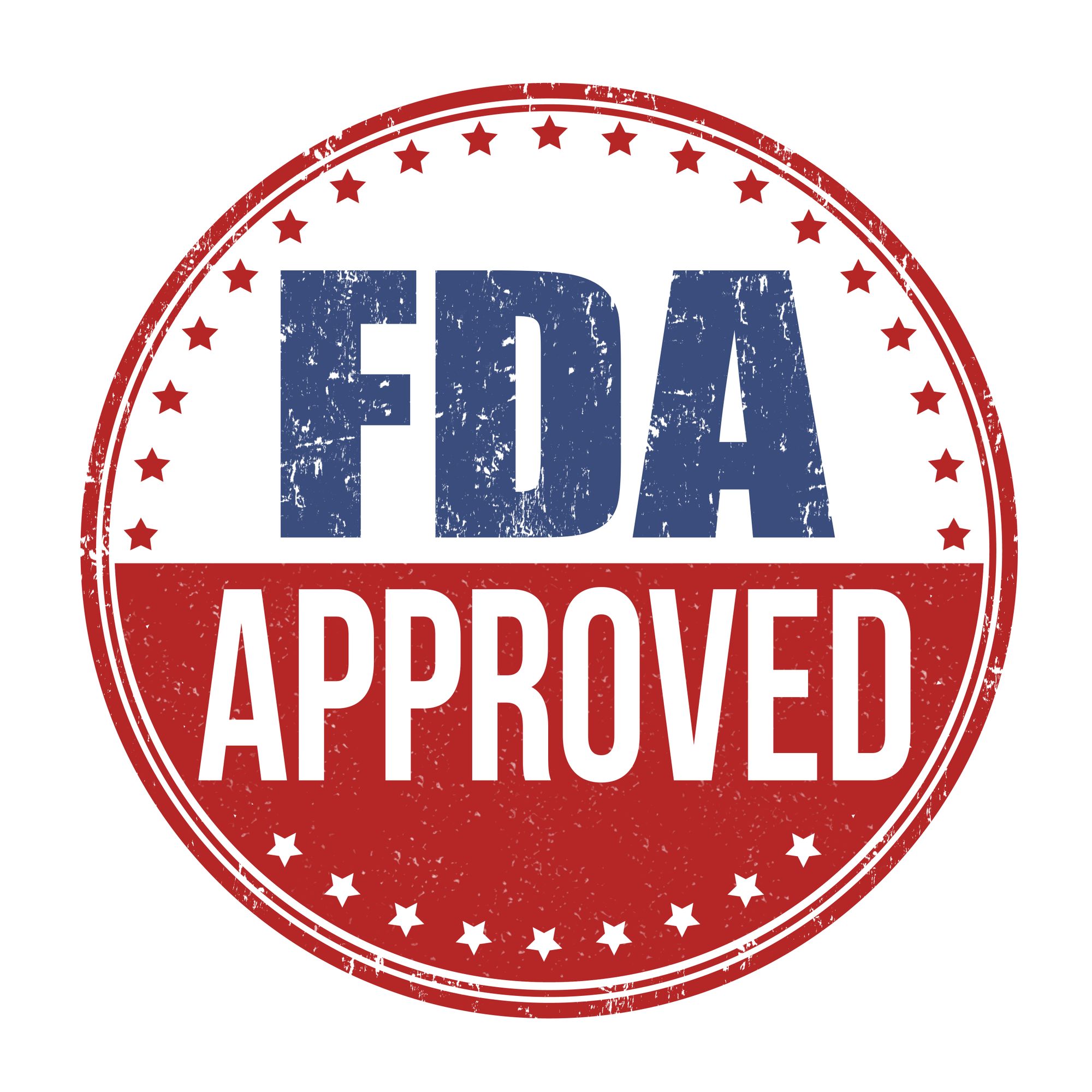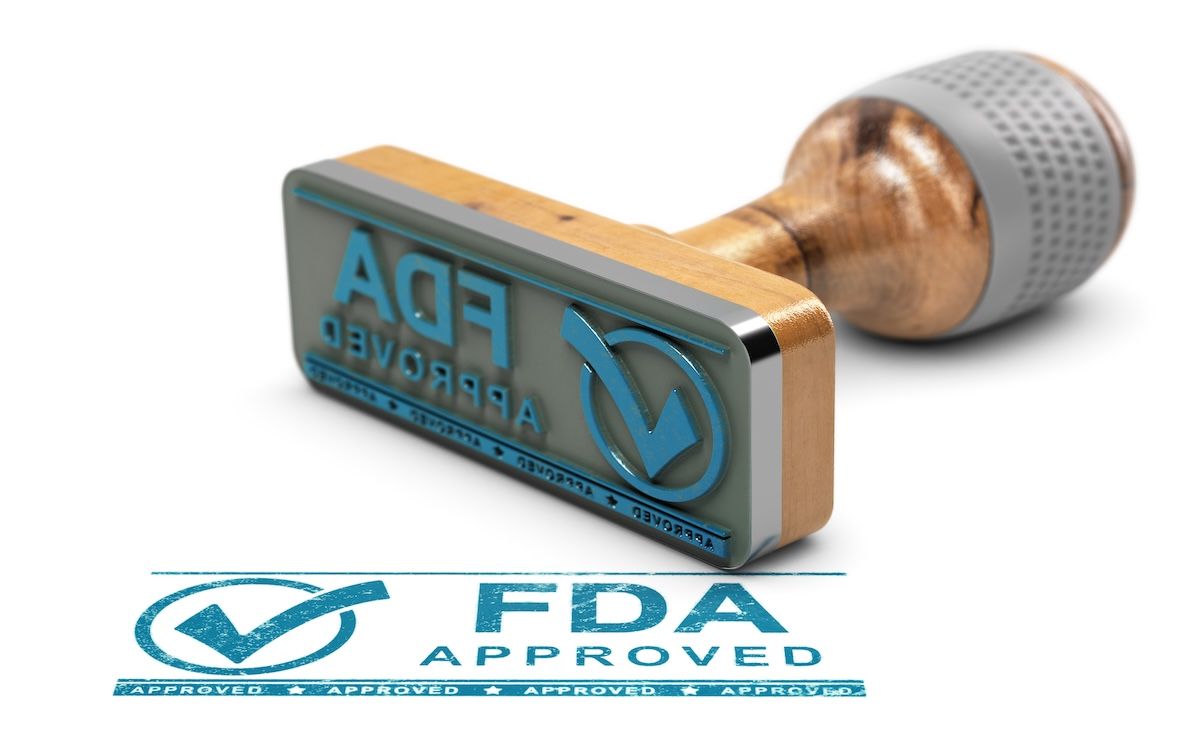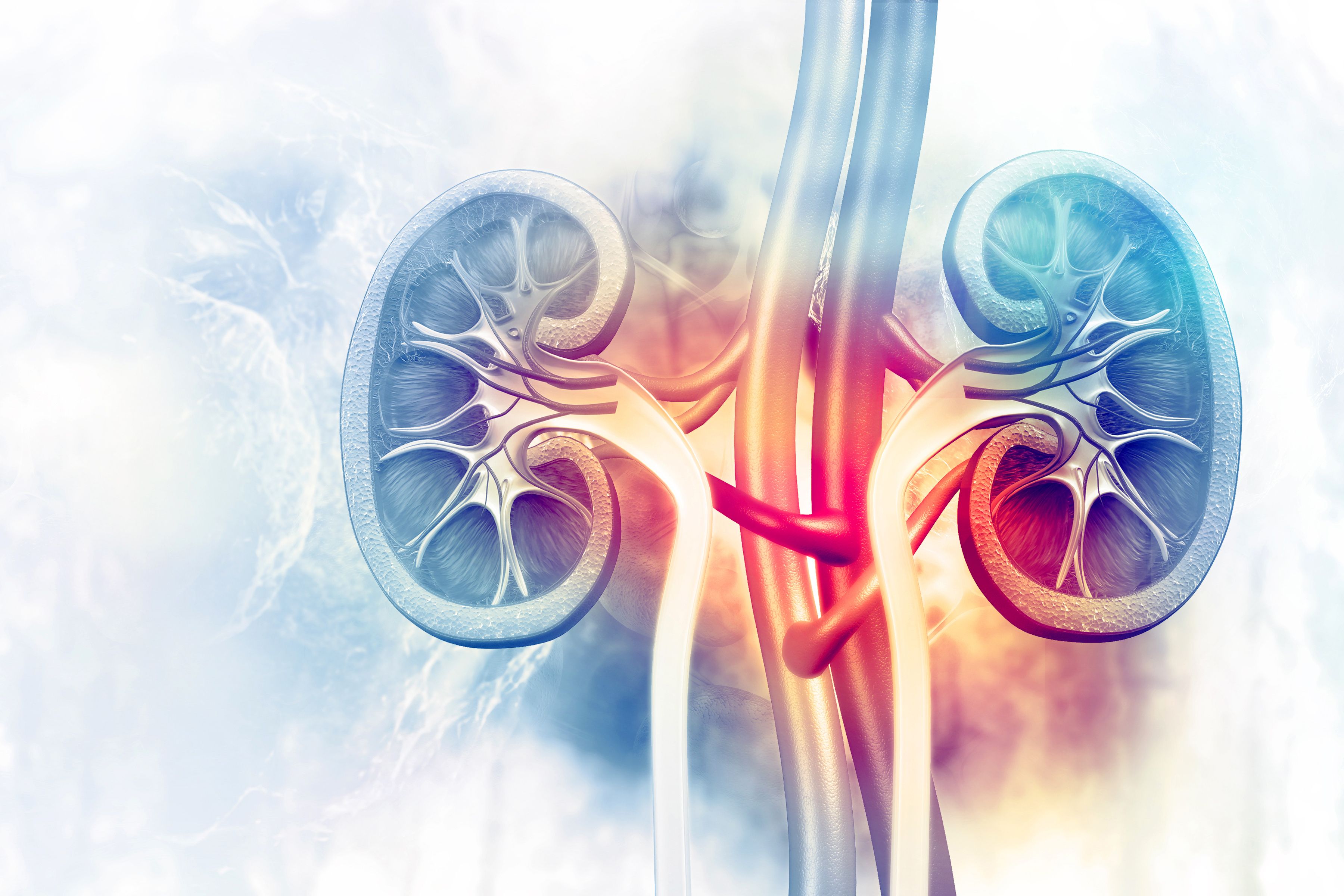News
Article
Since FDA Approval, Several Studies Highlight Benefits of IV Ferric Carboxymaltose
Author(s):
Trials such as HEART-FID and AFFIRM-AHF have demonstrated positive treatment results for injectable ferric carboxymaltose in patients with heart failure and iron deficiency.
MargJohnsonVA – stock.adobe.com

On June 5, 2023, the FDA approved the ferric carboxymaltose injection (Injectafer) for the treatment of iron deficiency in adult patients with heart failure (HF) and iron deficiency, making it the first and only intravenous (IV) iron replacement therapy indicated for this patient population.1
Ferric carboxymaltose injection was previously indicated for iron deficiency anemia in patients 1 year and older with intolerance to oral iron or an unsatisfactory response to oral iron, as well as adult patients with non–dialysis-dependent chronic kidney disease. For this indication, the drug is given in 2 doses of 750 mg each administered 7 days apart for patients weighing at least 50 kg or 110 lbs. For adult patients who weigh less, each dose is administered as 15 mg/kg body weight.
To treat iron deficiency in adults with HF and New York Heart Association class II/III symptoms, the dosing regimen is based on patient weight (154.3 lbs) and hemoglobin level, which ranges from less than 10 g/dl to 14-15 g/dl. Dosing starts at a single 500- mg dose and can increase to up to two 1000-mg doses separated by 6 weeks. A maintenance dose of 500 mg may also be provided at 12, 24, and 36 weeks for patients based on serum ferritin levels and transferrin saturation value.
Presented at the European Society of Cardiology (ESC) Congress 2023, the HEART-FID trial found that adults with HF with reduced ejection fraction (HFrEF) who received the IV drug had a reduction in deaths and HF hospitalizations at 12 months, along with a small improvement in the 6-minute walking distance at 6 months compared with adults who received placebo.2
In the final analysis, the trial demonstrated a significance level of 0.019 for the primary end point preserving the overall significance of 1.10, and the safety profile of IV ferric carboxymaltose was consistent with previous reports with no new safety concerns. While the trial did not meet the prespecified significance level of 0.01, it’s important to note the several positive findings—in this trial and many others—surrounding the only FDA-approved treatment for iron deficiency in HF.
Robert Mentz, MD, associate professor of medicine at Duke University School of Medicine and lead author of HEART-FID, emphasized that numerous prior studies have highlighted the improved quality of life (QOL) and exercise capacity of this patient population after receiving IV ferric carboxymaltose.
Recent findings from the AFFIRM-AHF trial indicated a potential reduction in HF hospitalizations associated with the treatment. The HEART-FID trial—which included a substantial US-based sample with diverse racial and gender representation—confirmed the safety of the injection and suggested potential clinical advantages related to survival, HF hospitalizations, and exercise capacity. Notably, a majority of patients in the HEART-FID trial experienced improvements with just the baseline dosing regimen of two 750-mg doses administered 7 days apart.
Additionally, while the observed benefits were relatively modest and did not reach a high level of statistical significance, the overall body of evidence supports a role for ferric carboxymaltose in aiding patients with HF and iron deficiency. According to Mentz, combining the findings of HEART-FID with AFFIRM-AHF and CONFIRM-HF through a predefined analysis further indicated that the drug can reduce HF and cardiovascular-related hospitalizations.
“Putting this all together, I think we have convincing evidence that ferric carboxymaltose helps patients feel and function better and then there is a suggestion of potential reduction in mortality and hospitalizations,” Mentz told The American Journal of Managed Care®. “This can be an effective tool in our toolkit to help patients with HF and iron deficiency.”
Meanwhile, research published by Kwong et al. in the International Journal of General Medicine showed significant improvements in patients’ fatigue symptoms, physical function, and global health at 3 months of treatment with ferric carboxymaltose, and these improvements were sustained at 6 months.3
“Importantly, these improvements in hematological and [QOL] outcomes were mostly achieved after a single course of [ferric carboxymaltose], with only a small proportion of patients (9.7%) requiring additional intravenous iron treatment throughout the 6 months of study period,” said Winghan J. Kwong, PharmD, PhD, executive director of health economics and outcomes research at Daiichi Sankyo, Inc, and lead author of the study.
In a subgroup analysis of the randomized AFFIRM-AHF trial, which was part of the package the FDA reviewed for the approval, the researchers also found that the clinical and QOL benefits from ferric carboxymaltose following an acute HF (AHF) episode were independent of diabetes status.4 This is an important note as diabetes and iron deficiency often accompany AHF.
“These data suggest that [ferric carboxymaltose] can be used in patients with iron deficiency, with and without diabetes, following an AHF episode to not only reduce clinical events, but also to improve QOL, which is an important outcome from the patient perspective,” said Giuseppe Rosano, MD, PhD, professor of cardiology and consultant cardiologist at the St George’s Hospitals NHS Trust, University of London, scientific director of the Clinical and Translational Centre at the IRCCS San Raffaele, and lead author of the study. “The high frequency of iron deficiency and diabetes in AHF patients and the associated implications for morbidity and mortality risk highlight the need for both diabetes and iron deficiency screening to enable timely treatment and improved outcomes.”
References
- INJECTAFER approved in the U.S. for the treatment of iron deficiency in adult patients with heart failure. News release. Business Wire. June 5, 2023. Accessed September 18, 2023. https://www.businesswire.com/news/home/20230605005213/en/INJECTAFER%C2%AE-Approved-in-the-U.S.-for-the-Treatment-of-Iron-Deficiency-in-Adult-Patients-with-Heart-Failure
- Harrington J, Mentz RJ, Rockhold FW, et al. Baseline characteristics of patients in the randomized study to investigate the efficacy and safety of ferric carboxymaltose as treatment for heart failure with iron deficiency: HEART-FID trial. Am Heart J. 2023;266:25-31. doi:10.1016/j.ahj.2023.08.005
- Kwong WJ, Numan S, Hunter TD, Alves D, Patel A, Shanbhag S. Patient-reported outcomes after ferric carboxymaltose treatment for iron deficiency anemia: a prospective observational study. Int J Gen Med. 2023;16:3291-3300. doi:10.2147/IJGM.S413105
- Rosano G, Ponikowski P, Vitale C, et al. Intravenous ferric carboxymaltose for iron repletion following acute heart failure in patients with and without diabetes: a subgroup analysis of the randomized AFFIRM-AHF trial. Cardiovasc Diabetol. 2023;22(1):215. doi:10.1186/s12933-023-01943-z





